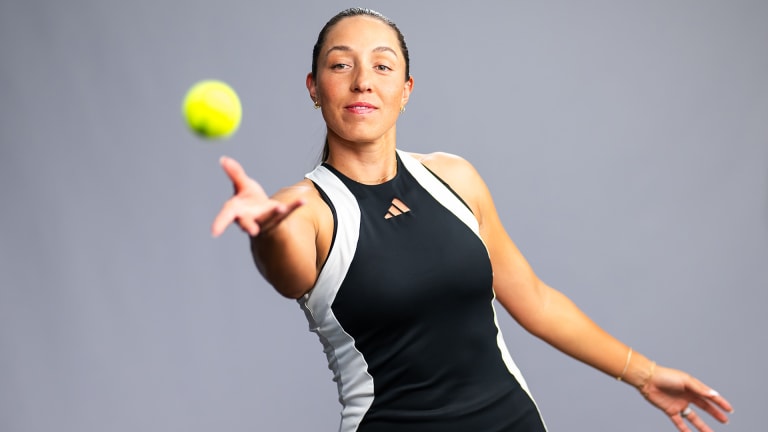Miami, USA
Conditions? Surface? For many players, the balls are the biggest adjustment with Indian Wells and Miami
By Mar 21, 2024Miami, USA
Jannik Sinner tops Grigor Dimitrov for Miami Open title
By Mar 31, 2024Miami, USA
Danielle Collins won an emotional title, while Jannik Sinner won a logical one, at the Miami Open
By Mar 31, 2024Miami, USA
Danielle Collins wins Miami Open on her final try, topping Elena Rybakina in straight sets
By Mar 30, 2024Miami, USA
Danielle Collins defeats Elena Rybakina for Miami Open title, the biggest title of her career
By Mar 30, 2024Miami, USA
What will be stronger in Miami: Jannik Sinner's rise, or Grigor Dimitrov's renaissance?
By Mar 30, 2024Miami, USA
Jannik Sinner, Grigor Dimitrov advance to Miami Open final
By Mar 30, 2024Miami, USA
Who Will Win: Jannik Sinner or Grigor Dimitrov, 2024 Miami Open men's final
By Mar 30, 2024Miami, USA
Who Will Win: Danielle Collins or Elena Rybakina, 2024 Miami Open women's final
By Mar 29, 2024Miami, USA
2024 Miami Open women's final preview: Elena Rybakina vs. Danielle Collins is always 'neck and neck'
By Mar 29, 2024Miami, USA
Conditions? Surface? For many players, the balls are the biggest adjustment with Indian Wells and Miami
“To be honest, that part can affect us more than the court change itself,” said Taylor Fritz, while Jessica Pegula says she has gone through "like 20 (string) tensions" in practice.
Published Mar 21, 2024
Advertising

Despite Delray Beach being located just an hour's drive north of Miami, conditions feel like "night and day" for champ Fritz—thanks to the change in balls.
© Getty Images
Advertising

Stan Wawrinka has taken to social media to highlight the issues caused by the ever-changing balls used on tour.
© Getty Images/Instagram Stories
Advertising

Jessica Pegula tosses a ball during a promotional photoshoot—on any given week, it could be manufactured by Penn, Dunlop, Wilson, Head, and more.
© 2024 Robert Prange